Scaravan 66 is a roguelike car combat with an almost psychobilly art style, but it wasn’t always. It started as a fantasy caravan concept before quickly transforming into a world filled with chaos, demons, and monsters.
While the developers aimed for a game that is pure fun over everything else, they infused Scaravan 66 with character growth and dilemmas that add depth to the player journey. The game’s core focus is on providing players with dynamic gameplay, and the developers are ensuring that Scaravan 66 is much more than just an adrenaline rush. By integrating character growth and factions, they’re giving the game a deeper layer that goes beyond combat. Game Rant recently spoke with Lithic Entertainment co-founders Al Bellemare and Andy Wood about its development and how the team exactly achieved all of this. The following transcript has been edited for clarity and brevity
Designing a Road to Hell
Q: Was there a specific moment or game that sparked the idea for this roguelike car combat game?
A: The original concept for the game we were trying to make was a fast-paced fantasy caravan game, though we struggled to balance the low-tech, horse and carriage, fantasy-themed world we were envisioning with the intensity of action we wanted to dial it up to. One day, we were rifling through some old game-jam design notes from years before and found some vague scribblings of a game based on a psychobilly track, about rampaging in a car and running from hellhounds that were trying to drag the protagonist back to hell. That’s when we sort of had our “Aha!” moment and realized this type of world was way more in line with the target pacing. This new direction opened so many more doors for the design to take flight, and suddenly it was almost easy to connect the dots and find fresh inspirations!
Q: Can you tell us more about the development and iteration process? How did the team approach blending car combat and the rogue-like genre?
A: We broke down what we loved about roguelikes like Hades or West of Dead. What makes them so addictive and replayable, which parts felt the most rewarding? We took those dungeon crawling, action roguelike elements and made space for what we loved about games like Interstate 76, Twisted Metal, and Road Rash. A lot of this happened on paper first because we were applying for a fund that required us to do so. Eventually, we did prototype it and we loved the loop that we came up with, and how we were using the highway theme to integrate pitstops as the cool-down moments between battles where the player meets upgrade-givers. From there the next iteration was, again on paper, designing out everything that our final game should be and scaling out what we didn’t think we could accomplish in a two-year time frame (from that point). It’s easy to keep adding, but taking away from a design is difficult, albeit one of the most necessary parts of the process.
Once we were in the production stage, it’s constant iteration and trial and error. Ideas are cheap but execution is everything. Implementation is its own dragon. Making it functional is one of the first of many steps. There is so much tweaking to make it feel right and tweaking every little thing is like the last 90% of developing a game.
Q: Were there any features you wanted to get into the game but ultimately had to cut?
A: We’ve been remarkably good at sticking to what we imagined throughout this project, though every team has tons of ideas that they thought of in the bluesky phase that they had to let go of, or at least scale down. We’re particularly hard-headed about not having to cut features, but originally we did want other Road Reapers (allies in the game) to be romanceable. They were visually designed with that in mind in case any of them look a little flirty, that’s why. We encourage players to do whatever they want in their head cannons though. You wouldn’t have been wrong if we had the time or budget for that feature.
How Classic Horror Fuels Gameplay, Combat, Atmosphere, and More
Q: How does the world tie into gameplay mechanics, and what are some key locations or factions that players can expect to encounter?
A: World-building is one of the most rewarding parts of game development. We’ve leaned heavily into classic horror, and Halloweeny aesthetics in visuals but especially in enemy design. We have an entire team of football players who all intentionally became werewolves to give them an edge on the field, recklessly swinging baseball bats from the side of a pickup and throwing explosive kegs; a rock’n’roll vampire cult with self-healing abilities, if they manage to get blood; a band of radioactive scientists whose experiments have reduced them to glowing green skeletons who use Area51 style retro-futuristic experimental technology against the player. The fun, classic horror tropes of the gangs you encounter along the route were a significant part of how we designed most of the enemy encounters and therefore a good chunk of the gameplay itself.
Q: Beyond the genre, how does Scaravan 66 approach its core gameplay differently from traditional, racing games? Were there any specific design elements or mechanics you drew inspiration from predecessors?
A: Scaravan 66 is actually not a racing game and there is no time limit to define the beginning or ends of the rounds of the game. The game is divided up into “encounters”. Each encounter has a set amount of waves of enemies to destroy. This allows the player time to be as creative as they want with how they approach the kills and carnage, and not worry about rushing against a timer. They can play a more defensive build that emphasizes health, dodging, and armor at the cost of time to kill; or players can choose to fight a high damage status effect build that kills faster but leaves the player vulnerable. We want to encourage players to have fun combining skills or moves to make satisfying kills, and to change their approach between escape attempts without worrying about timers or taking first place in a race.
Q: How do you ensure the atmosphere remains engaging and immersive throughout for a game that combines racing and an underworld setting?
A: The combat will do a lot of the heavy lifting in that regard. No two encounters will ever play out identically, so we have a bit of a leg up from that alone. We’ve also built surprises into the core of the perks upgrade system. As the player makes their way along the route, they won’t know until they are close, which upgrade-giver is hanging out at which pit stop, what order they’ll come in, and how often they will see them. At the end of every encounter, there is essentially a little gamble the player has to take in that selection process. Gambling is a very subtle theme hidden in our protagonist, Lucky D’s tattoo designs.
Since we are only metaphorically in an underworld and the reapers roam the world of the living, we’ll be traveling along biomes roughly based on the types of scenery changes you’d see along the real Route 66, so we’ll be refreshing scenery for the player as well. And, of course, as you make your way across that scenery and further along the route, the story and its characters will develop and react to your progress as well. Slowly revealing things about themselves and the world.
How Scaravan 66 Blends Art, Gameplay Mechanics, and Core Features
Q: What was one of the biggest technical or creative hurdles you faced during development? How did you overcome it, and how did it impact the game’s design?
A: There was one feature we did not expect to cause us problems at all, but ended up being a big time sink. Chain physics at this speed threw us for a loop. We went into it thinking it was going to be fairly simple and assigned it to one of our programmers as one of his first tasks on the project. Turns out that tying about a hundred chain links together between two heavy moving vehicles at 60fps was expecting too much of a physics engine. The physics simulation fell apart as chain links would erratically flail all over the screen. Making it worse, we also had the requirement that a demonically strong character would be holding one end of the chain, standing on top of one of the two vehicles, and that the player would have the ability to throw the character off balance with the right timing, and send the character overboard and dragging along the road, still attached to the chain.
Needless to say, we had to scale back somewhat, but we loved the feature, so we got determined and made it work. A lot of fine-tuning went into the mass and physics constraints of individual loops on the chain, and we welded several links together to have fewer ties, but some decisions that we made were especially key to making this possible. One that stands out was the decision to add a tie directly between the vehicles with an invisible, slightly shorter, connection. This significantly reduced the strain on each chain link and position to resolve each frame, while still keeping a physically accurate-ish looking chain.
Q: Can you talk a little bit about the art style and how the team settled on its current presentation? What were the goals with it?
A: My (Andy Wood) style as an art director is to form a vision in my head and then develop that vision through mood boards and reference materials. The magic, I believe, is then in finding the right people to bring into the project, people who have skills and abilities that are already in line with what I am imagining, and letting them take their own spin on it. Letting them take some creative freedom often results in some unexpected happy surprises. I try to set them up just enough and then get out of their way to allow them to succeed. I guess overall I wanted a bit of Overwatch, a bit of Hades, a bit of Psychobilly poster, and graphic tee art. I’m definitely more of a gardener than an architect and while I love to plan something out, it’s good to let it grow dynamically too.
Q: What kind of challenges or moral dilemmas might players face when interacting with the characters or factions in the game? Do these decisions affect the storyline or the characters’ development?
A: So without giving away any spoilers. Yes. The protagonist will encounter a few philosophical dilemmas that will require her to grow as an individual. Her growth will also reflect on her relationships and the personalities of the supporting cast as well. Let’s say Lucky D starts out as a rugged and selfish individualist with a chip on her shoulder, though. A bit of that loner cowboy trope.
Q: What do you hope players take away from their experience with Scaravan 66?
A: While we’ve planned for some light philosophy and existential crisis in the story, at its core, Scaravan 66 is about driving fast and blowing things up. So frankly, we hope the player just has a good time smashing things and shooting demons. Maybe that is old-fashioned of us. We are aiming to balance the game in such a way that players have “moments” in combat. A chain shoots out, the player dodges, and rams the attacker instead sending them into the tree line, just ahead another enemy plants an explosive right in the player’s path but they dodge that as well and manage to kill them off by shooting a literal firework at the enemy. The enemy’s car flips and rolls as it’s engulfed in fire and he yells that he’ll get you next time. Not to be crass, but we want to give players those moments that make them say, “Oh sh*t!” Oh sh*t!” in panic and then an excited and satisfied “Hell yea!” when they overcame the challenge.
[END]
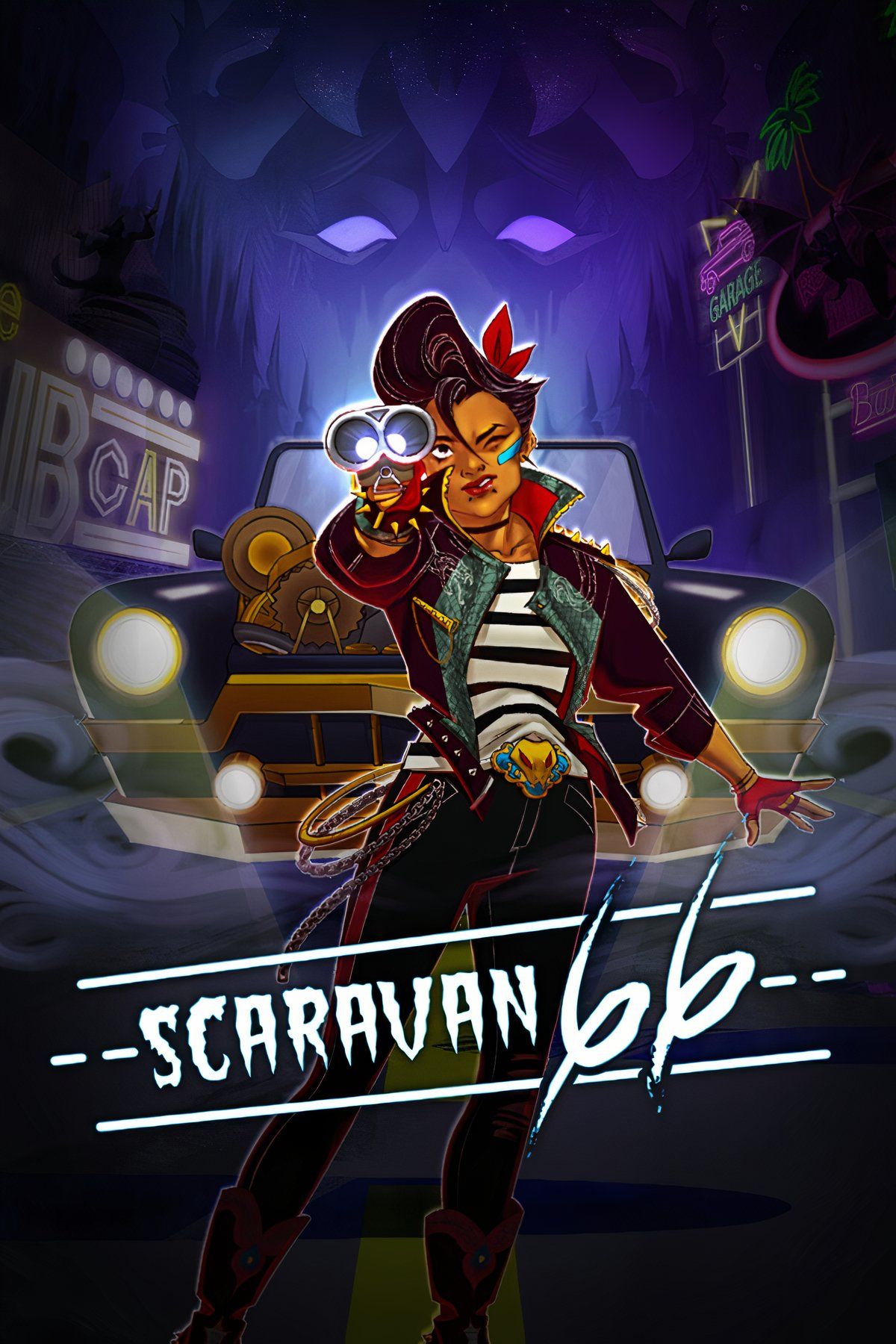
- Developer(s)
-
Lithic Entertainment Inc.
- Publisher(s)
-
Lithic Entertainment Inc.
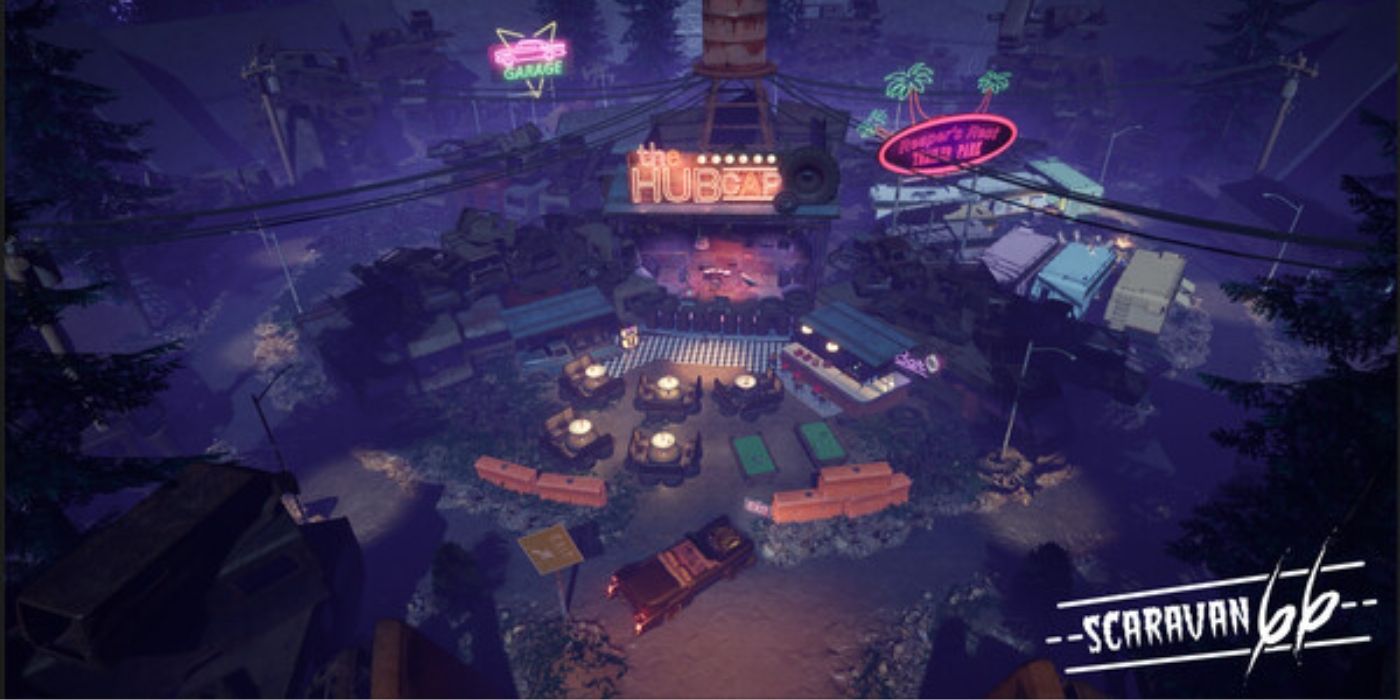
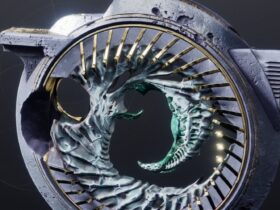
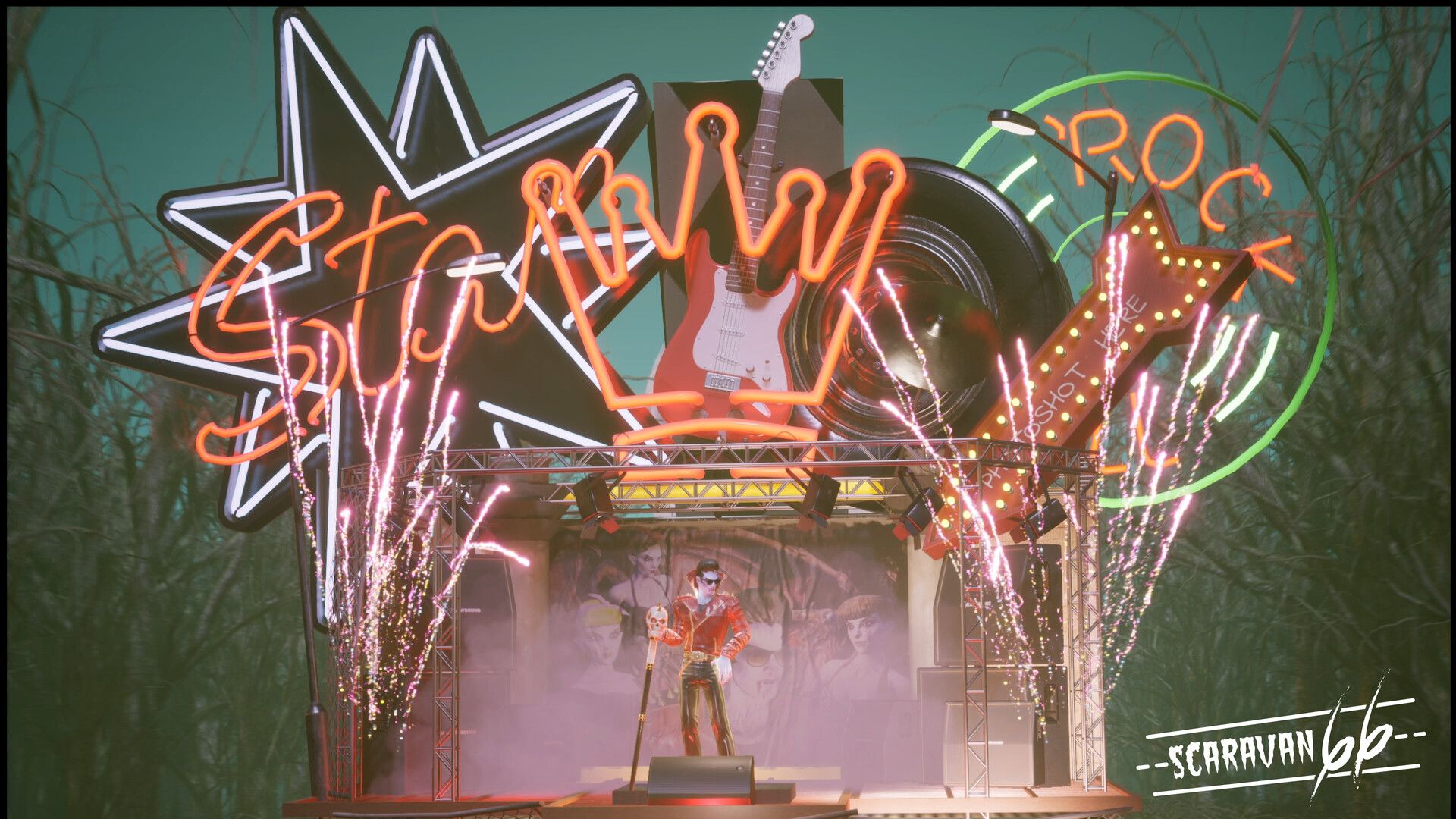
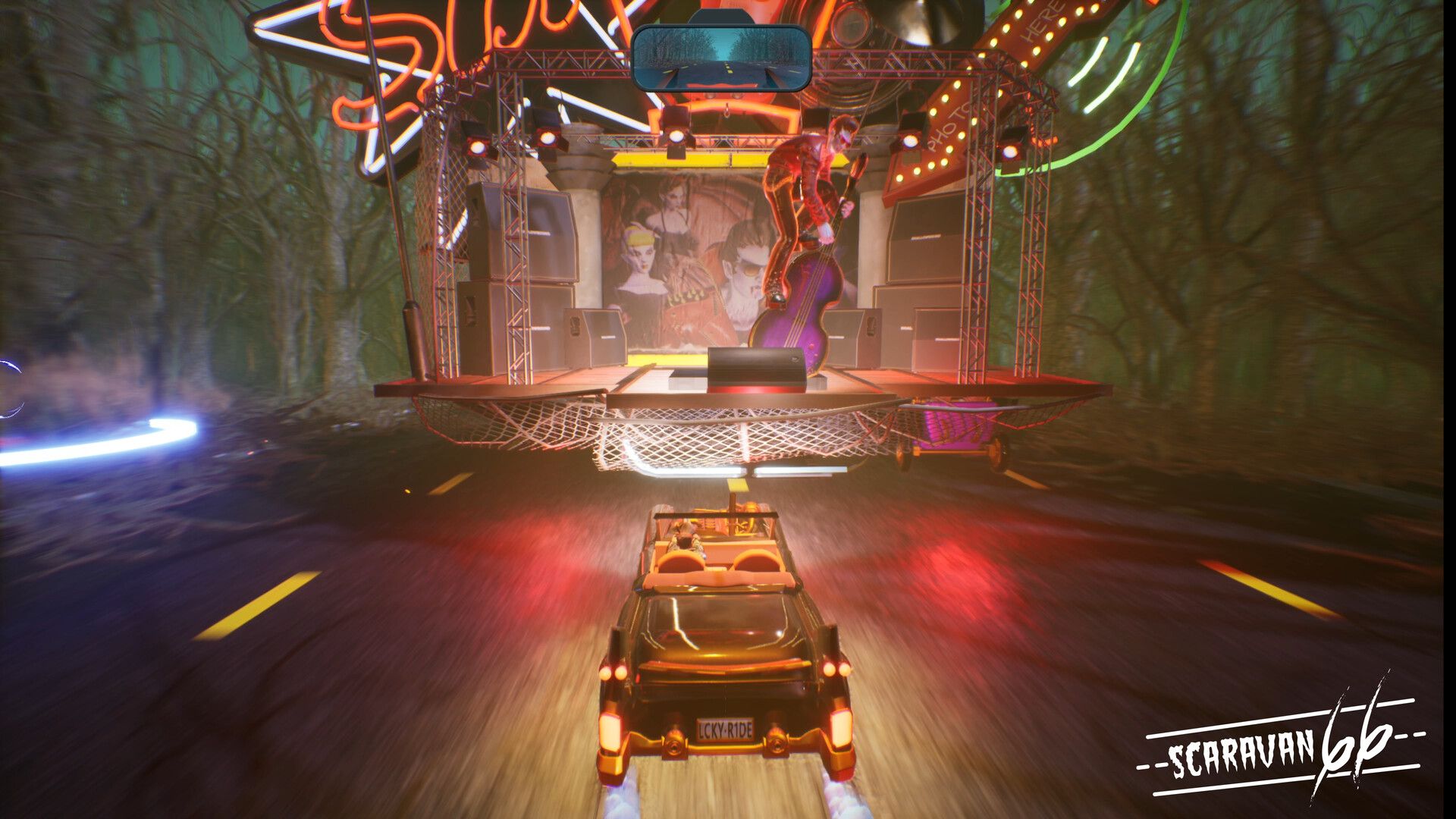
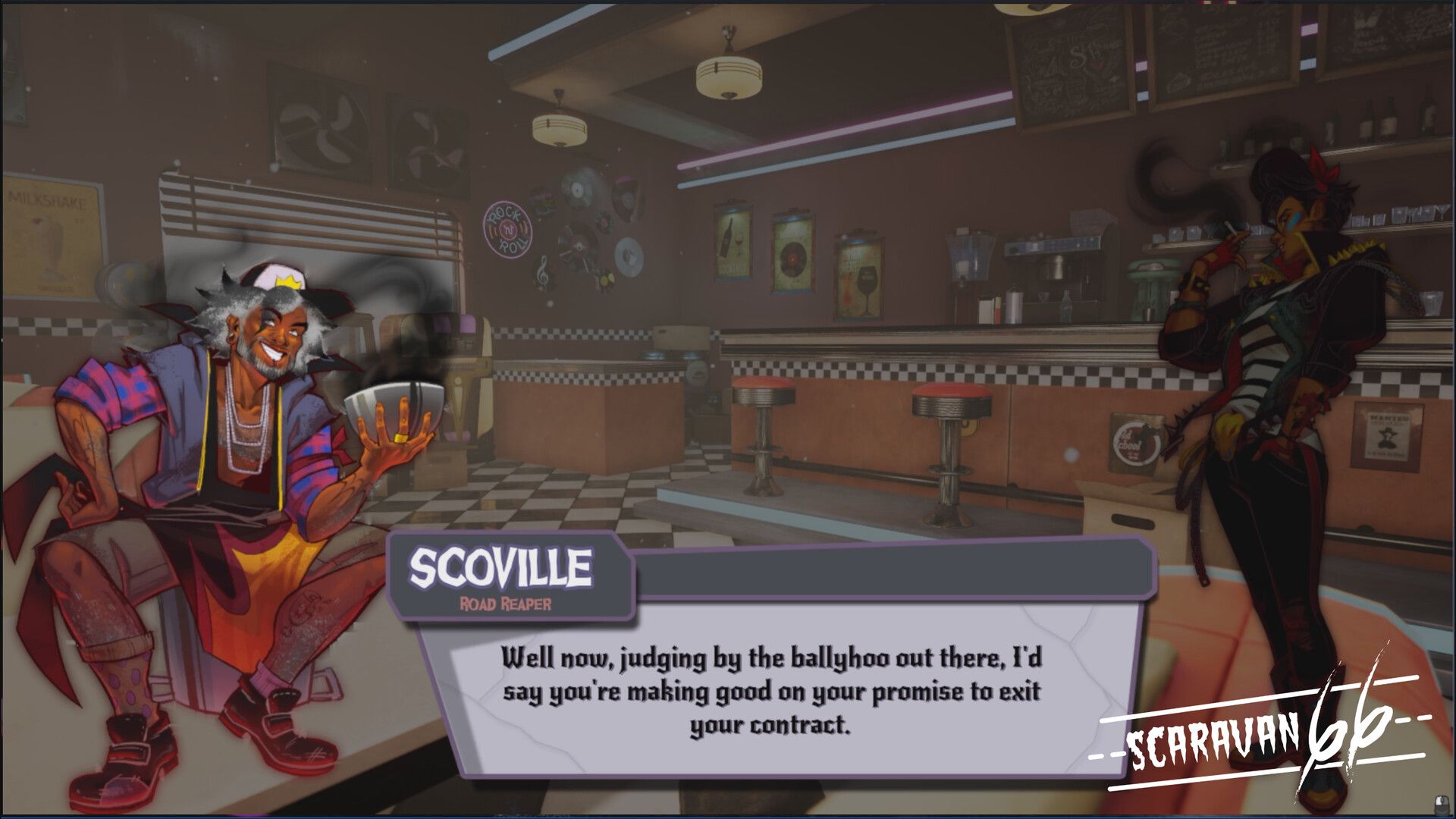

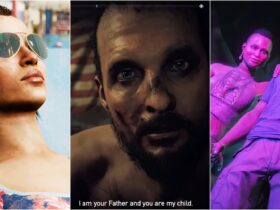
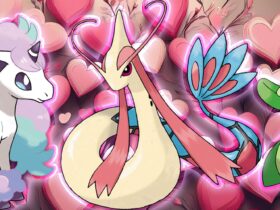

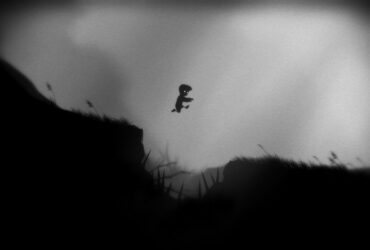

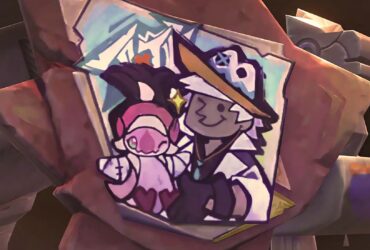
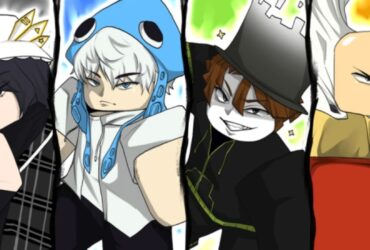
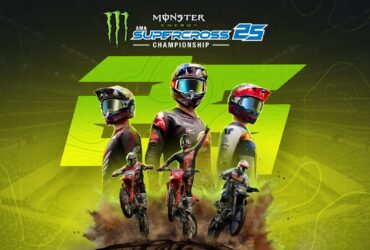
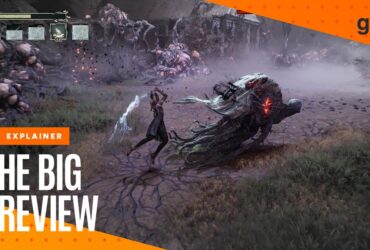
Leave a Reply